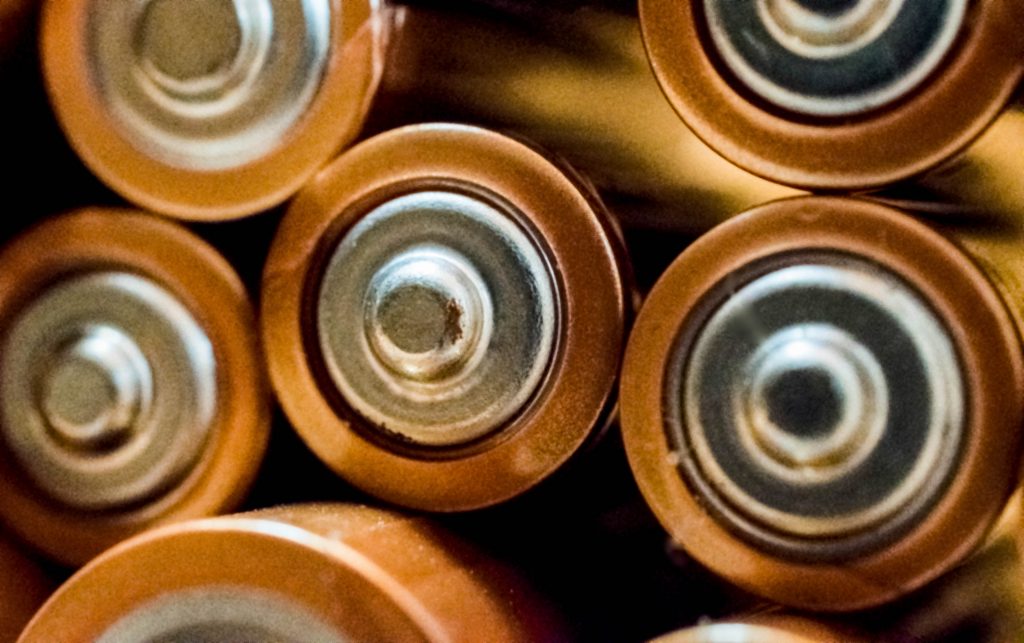Basic Types of AC-DC Power Supplies
When it comes to choosing an AC-DC power source for your needs, there are a lot of possibilities. Electrical technology advancements have made it possible to create AC-DC power supplies that are both compact and capable of meeting even the most demanding application requirements. With that in mind, how do you pick the best one?
You can choose from three different types of AC-DC power supplies, depending on your application and power conversion requirements:
- AC-DC Power Supply Adapters
Almost everyone has seen an adapter-style AC-DC power supply, sometimes known as a “AC Adapter,” which is extensively used for laptops, computer screens, televisions, and other household and business gadgets.
External power supplies that are often encased in a compact, sealed container for safety and aesthetic reasons are known as adapters. If you want to convert AC power to DC for portable devices or residential and business equipment, you may need an adapter-style AC-DC power supply.
- Open Frame Power Supplies
When the AC-DC power supply components are mounted on a circuit board without a protective cage or enclosure, it is known as an open frame power supply. The physical protection required is usually provided by the enclosure of the electrical equipment.
When it comes to AC-DC conversion, open frame power supplies are the most common choice. They’re very popular for a variety of reasons:
Pen frame power supply can be simply installed in a convenient and secure location within the chassis of any electrical device.
- Industrial PC Power Supplies
Adapters and open frame power supplies are both appropriate for low-power applications, but what if you have an industrial PC with more stringent AC-DC conversion requirements?
You should limit your search to industrial PC power supplies to suit those requirements. They’re AC-DC power supplies designed exclusively for PCs in industrial situations, with a wide range of wattage options.
Aside from getting an AC-DC power supply with higher wattages, you should also consider the following reasons:
- Extreme operating environments – industrial power supplies can cope with extreme temperatures and have a high MTBF (mean-time before failure) rating;
- High energy efficiency – energy efficiency can reduce energy consumption, minimise environmental stress from energy production and use, and lead to competitive yet inexpensive goods and service operating costs.
When choosing a power supply, there are several requirements that need to be considered. The power requirements of the load or circuit, including voltage and current; safety features such as voltage and current limits to protect the load; physical size and efficiency; and noise immunity of the system.
Looking for the best AC-DC power supplies? EP-Power together with BriPower aims to give you a total commitment to ensure the best quality and provide first-class products and services.
For questions and inquiries, you may send us an email at: sales@edac.com.sg or call us at +6564547877.

